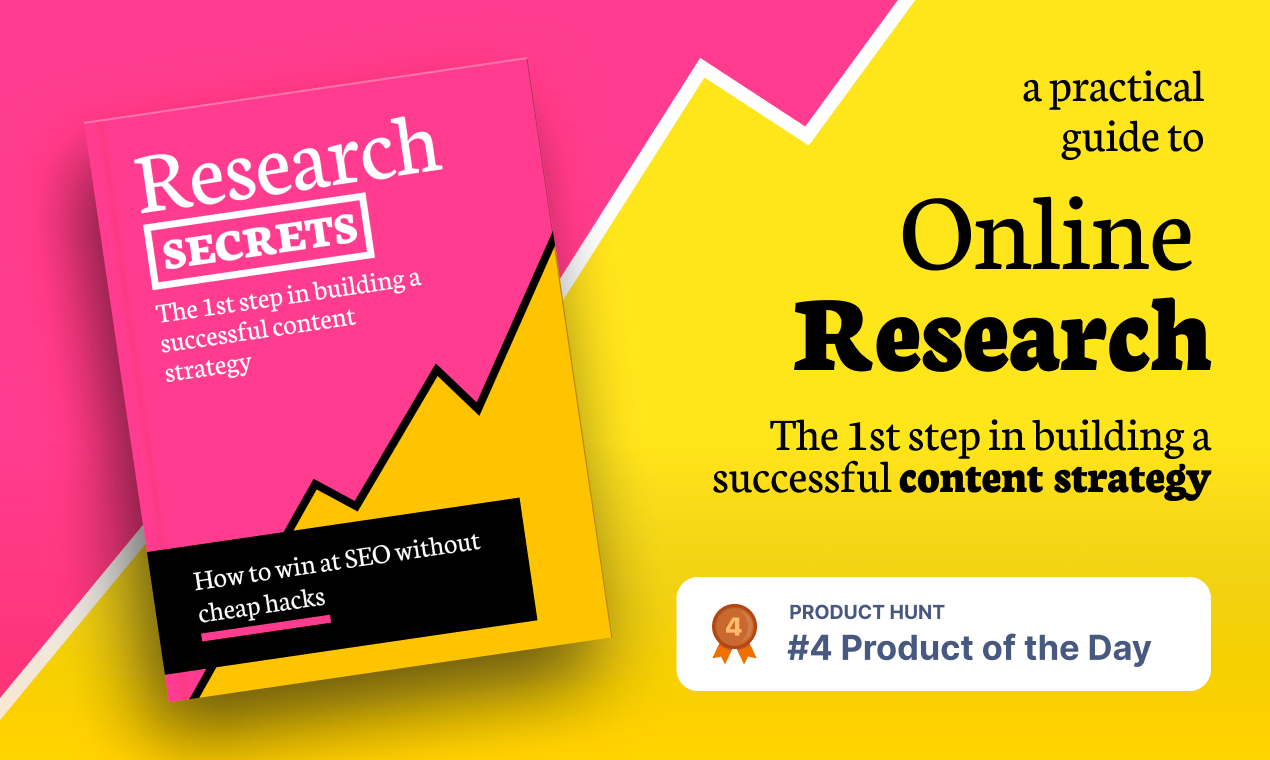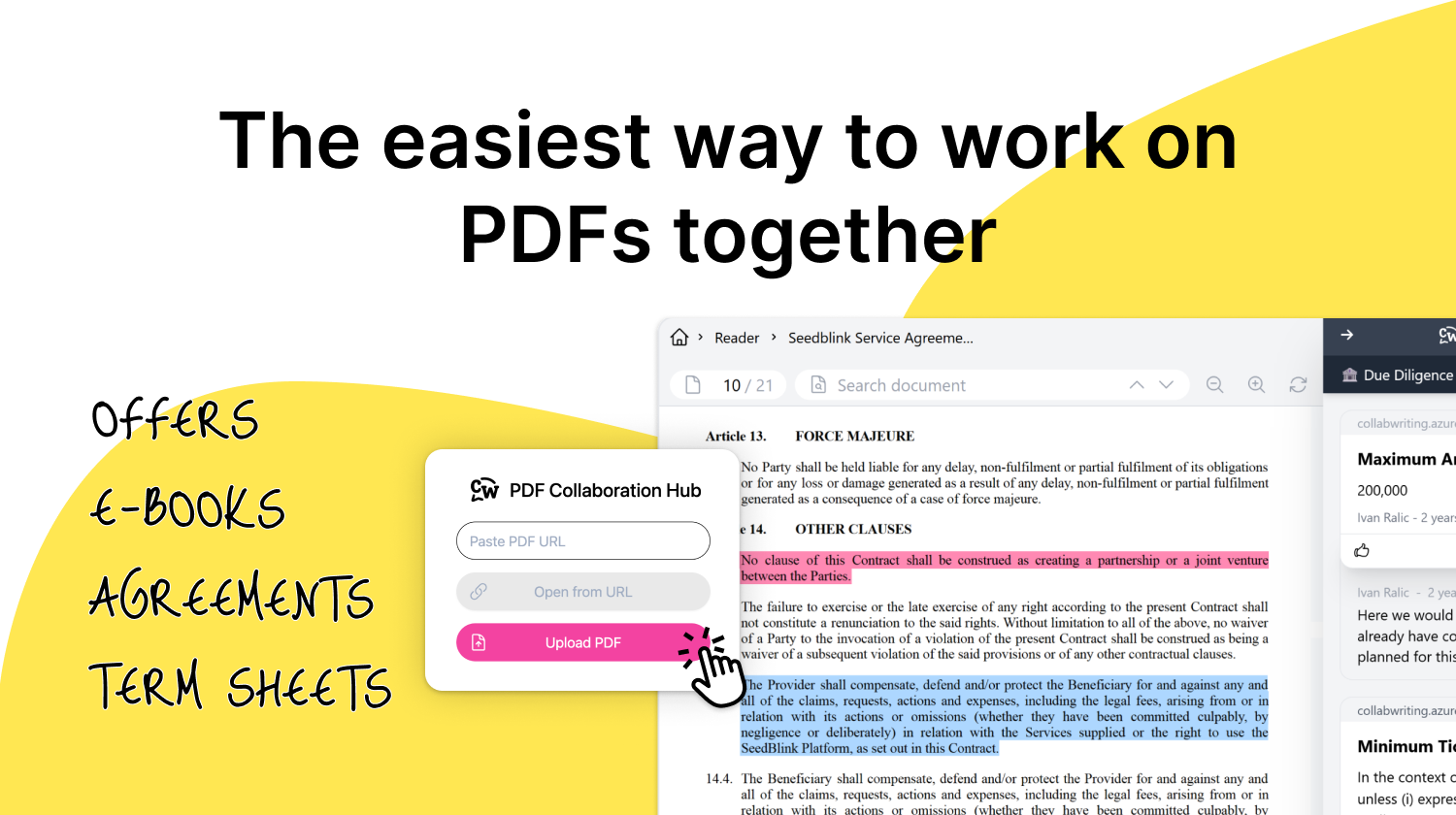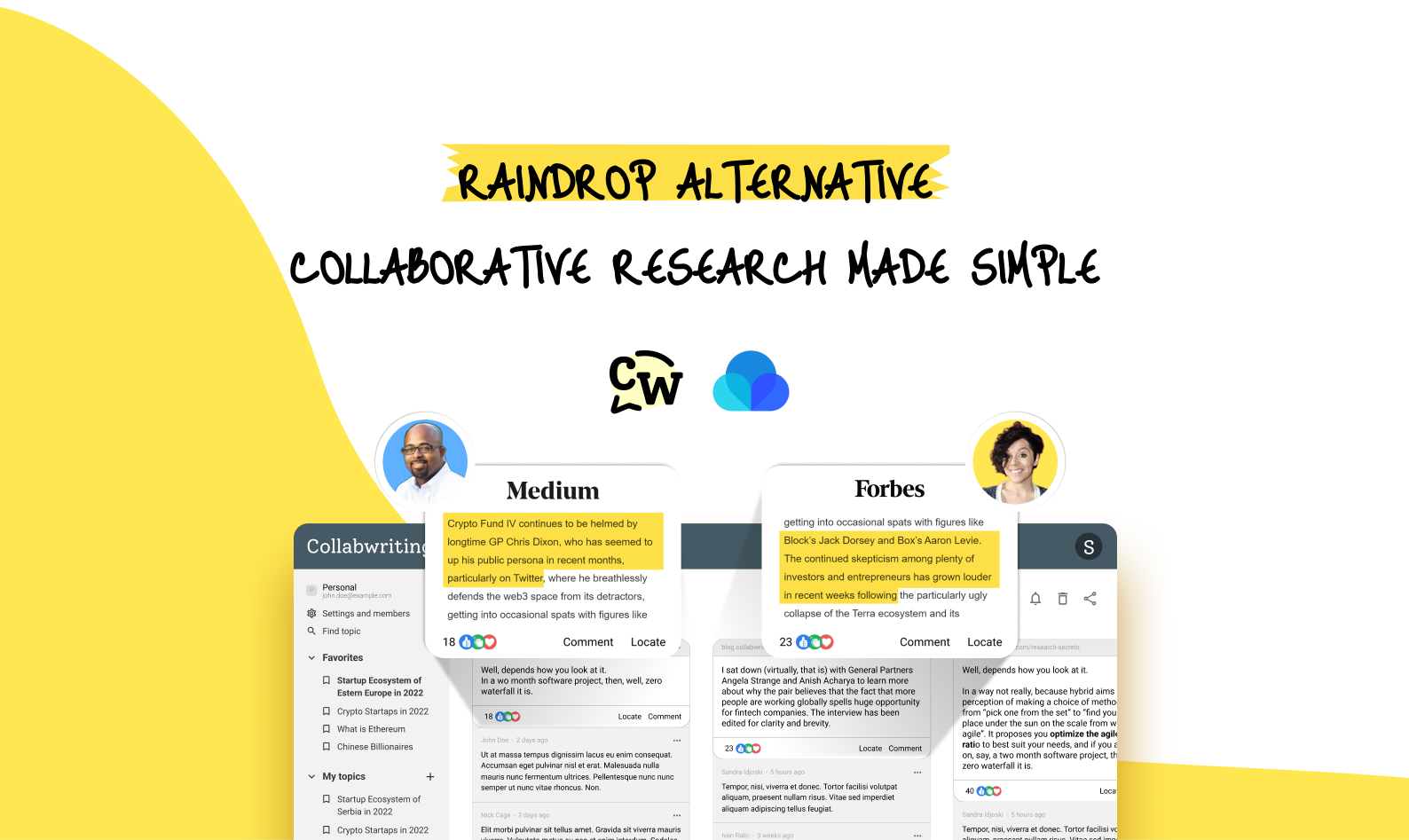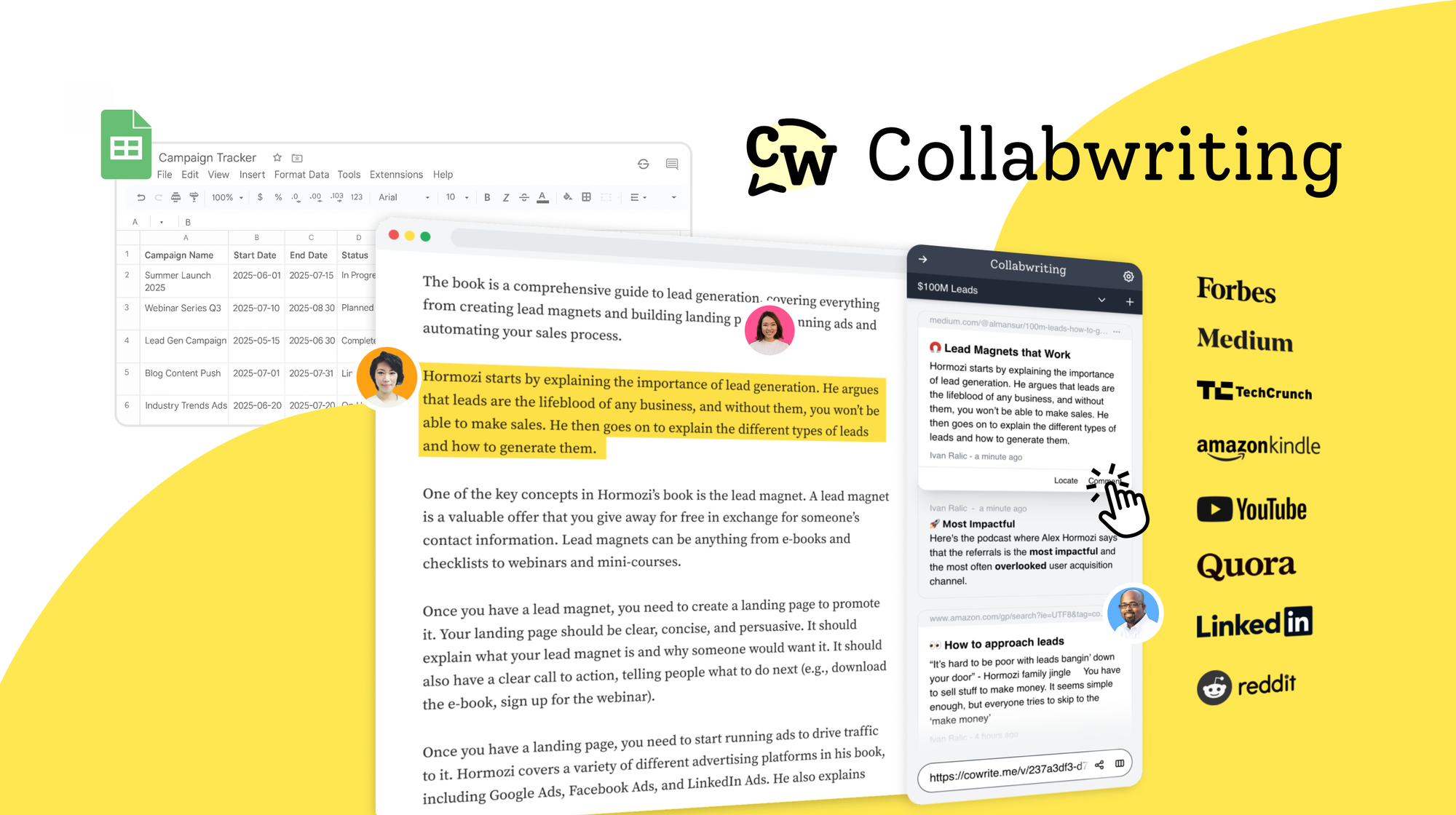Wanna be a marketing ninja?
Here’s the deal: for a killer marketing campaign, you’ve gotta dive into research, but here’s the catch: relying on just one data source can be like navigating a maze blindfolded. Believe it or not, making decisions based on half-baked info can do more harm than good.
Now, here’s the cool part: to really understand your brand and what’s happening in the market, you’ve got to mix it up. Chat with different teams in your office – the brains of product, tech, and brand. With their own experience, they can reveal hidden gems and solutions that you may have overlooked.
Yes, it means you have to work harder. You've got to juggle data from all over the place – but hey, that also means you get to make smart decisions, backed by solid evidence, and just make sense.
Marketers know it’s the key to success!
Why you need multiple sources of data for your campaign
Getting to know your customers, hearing their thoughts, and understanding their needs is like having a heart-to-heart with your brand. We're big fans of ongoing testing, even after a campaign has taken its first steps because it's like having a continuous chat to gather insights.
Imagine it as sipping coffee with your audience - every source of information is a different flavor in the mix, and no single sip captures the full experience.
Think about it this way: You know those reviews people leave on product pages? It's like having a chat with your customers, but there's a twist. Usually, it's the ones who absolutely love or aren't thrilled with the product that speaks up, not the average Joes who fall in between. While these reviews serve a purpose, leaning on them alone is like trusting a weather forecast without checking if it's the right season.
I get it; there's a temptation to put all your eggs in one basket, trust that fancy report from an outside company, and call it a day. It feels like the safest route, right? But hey, where's the fun in that?
Real understanding comes from exploring different angles, just like trying out various dishes at a buffet.
Despite the allure of a single source, don't lose sight of your brand's core challenge. Research is like a journey, and without a clear destination, you might end up wandering in circles.
Without proper research, everything crumbles.
As marketing leaders, your job is to pick the right tools that unravel what your users truly crave. It's like being the detective of your brand story - uncovering what makes your audience tick.
Effective research reveals user behavior
Effective research is like a dynamic duo, blending two key ingredients: qualitative and quantitative data.
Imagine it as two lenses for understanding your users. With qualitative research, we chat with users about their goals in using a digital project, capturing the 'why' behind their actions.
Now, let's dive into the numbers game with quantitative data. This is all about hard facts - measuring what users actually do on your site. It's like looking at the 'what' of user behavior. Designers love knowing what users want, but to truly understand if our solution hits the mark or misses it, we need both sides of the coin.
Consider this: Imagine a webpage where tumbleweeds outnumber visitors. That's a red flag in quantitative data. Now, let's play detective. We don't stop at the numbers; we ask why. Through qualitative surveys, we uncover the stories behind the numbers, revealing why that page is as deserted as a ghost town.
When these two data types join forces, magic happens.
Qualitative data whispers secrets about user problems, and quantitative data shouts solutions.
It's a partnership that ensures we're not just guessing what users need but truly finding the keys to unlocking their digital experience.

Research secrets: How to win at SEO without cheap hacks
Learn how we outsmarted big competitors on Google, grew our audience with SEO, and became leaders in the 150 billion dollar Project Management niche - all without cheap hacks.
Using diverse data to its full potential
Marketing teams can use many kinds of data to make better decisions. But sometimes, too much data can be confusing. You might be tempted to just follow the first results you see about your project.
But that’s not enough.
You need to look at different kinds of data from various sources. You might get different results from your business metrics team, SEO team, and brand tracking team. They might not be in harmony, and that's perfectly fine.
Different results mean different views. Different views mean better thinking. And better thinking means better solutions.
You also need to listen to your colleagues from different departments. They have different backgrounds and experiences. Giving them a voice is like turning up the volume on your favorite song – it makes everything better.
Therefore, let's embrace the chaos of diverse data, let everyone have their say, and watch as the ultimate solution takes shape.






![5 Tools Marketers Use to Organize Research - Compared [2025]](/content/images/2025/11/cover-4-1.png)

![Build Credibility in Research: Smart Way to Verify Information and Track Sources Easily [2025]](/content/images/2025/10/covers-for-blog--7--1.png)

![How Marketers Can Turn LinkedIn Content into Collaborative Research [2025]](/content/images/2025/10/covers-for-blog--8-.png)
![Best Readwise Alternative for Personal & Team Research [2025]](/content/images/2025/09/Frame-814--3-.png)

